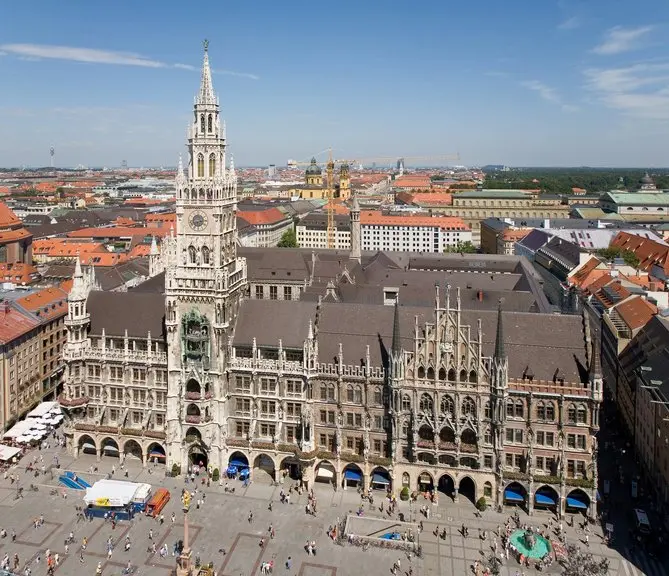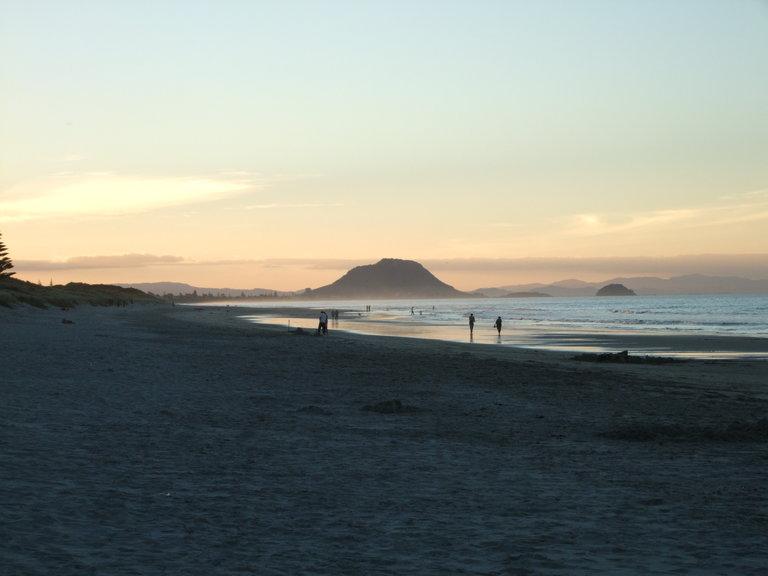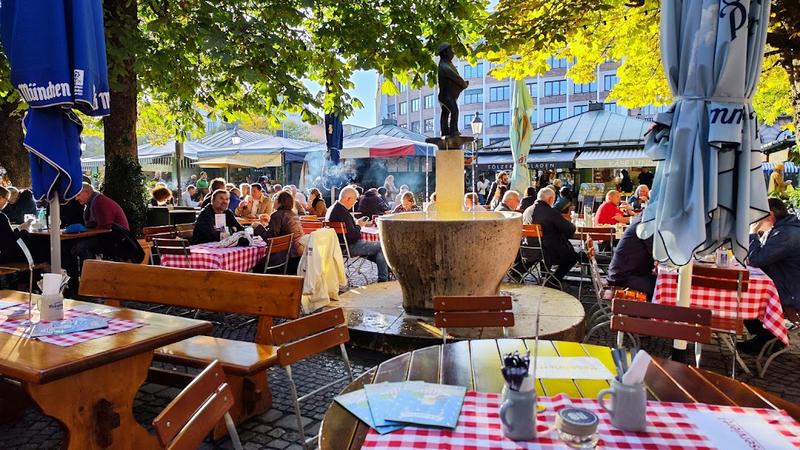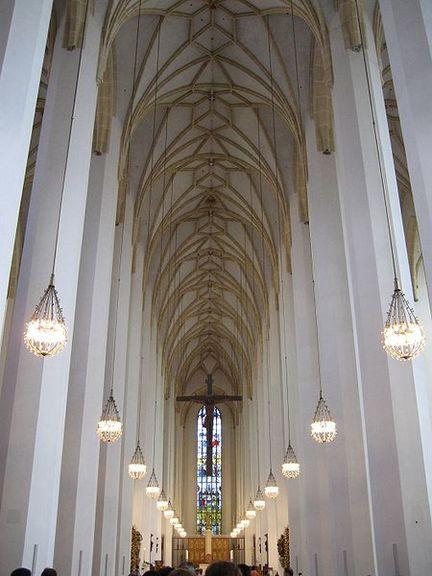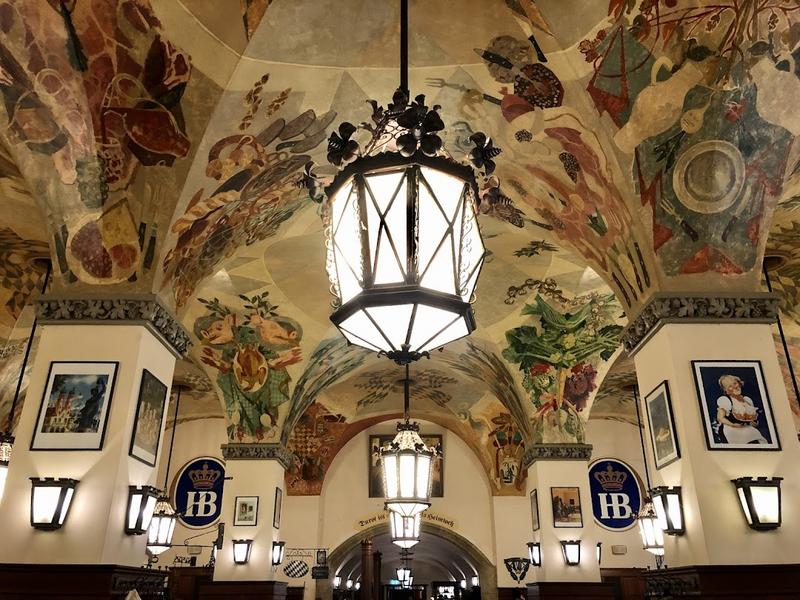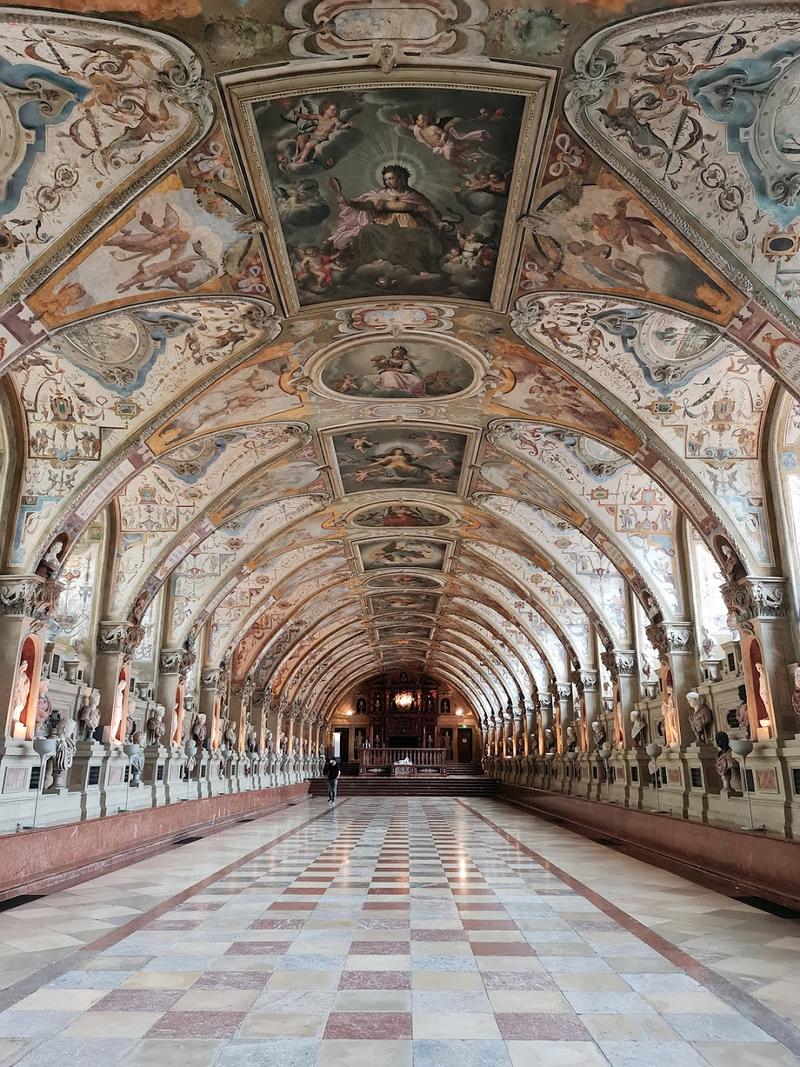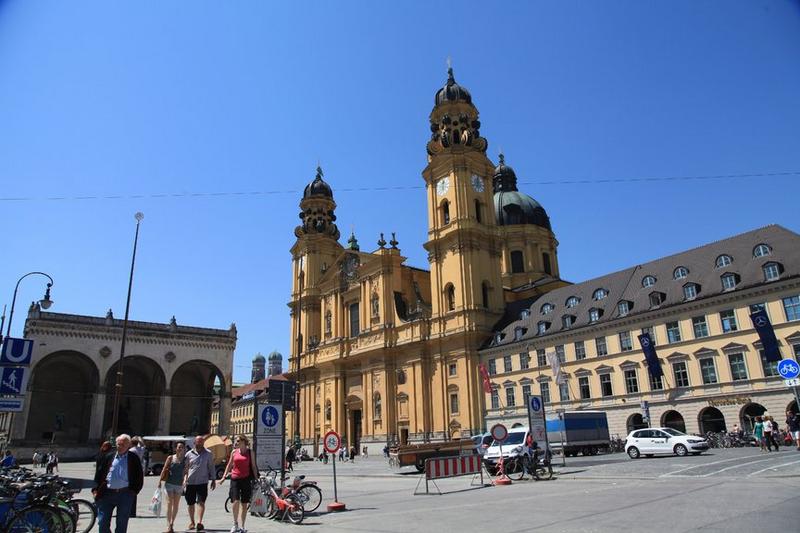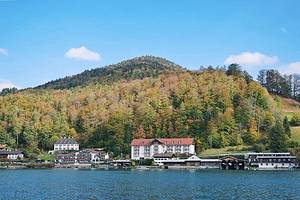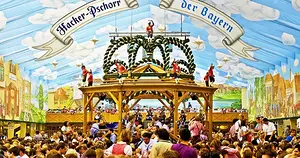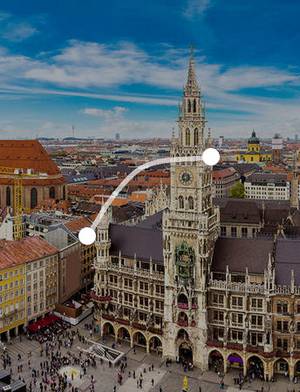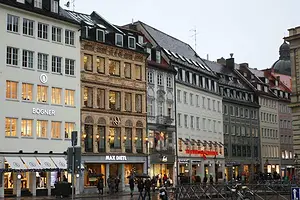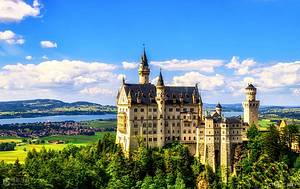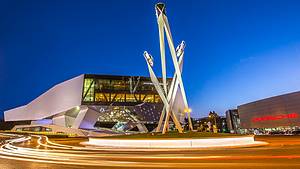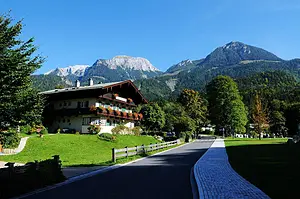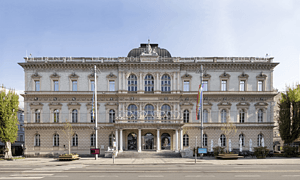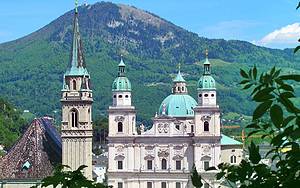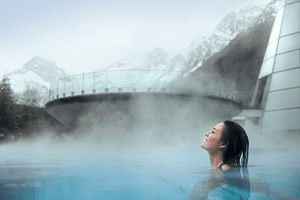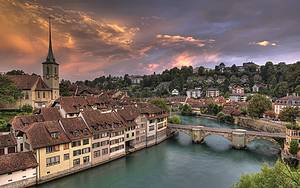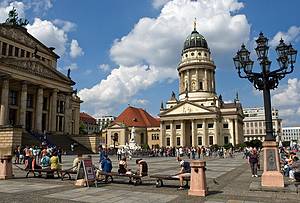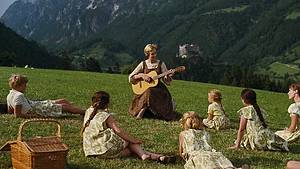Explore Munich: 2-Day City Tour
1 cities |
9 attraction(s) |
total distance 11
km
 TIPS
TIPS
Day1
Day2
Day1: Munich
5 attraction(s) ·
2 km
1
The must-visit place in Munich city center is Marienplatz. This square used to be a market place until 1807. Today, most of the buildings surrounding the square were built in the 19th and 20th centuries. In the center of the square stands a Marian column, where people express their gratitude and admiration for Virgin Mary. In the northeast corner of the square, there is a fish fountain, which used to be the place for butcher apprentices to complete their apprenticeship ceremony. Marienkirche is located in the northwest corner of the square, the New City Hall is situated on the north side of the square, and the Old City Hall is on the east side of the square. Viktualienmarkt is located in the southeast side of the square. Whether it's history, culture, or scenery, Marienplatz is a place not to be missed.
1
km
2
Munich's New Town Hall was constructed in three phases, spanning from 1867 to 1904. Its towering clock tower on the west side has become one of Munich's iconic landmarks. The clock tower not only marks the highest point of the old city ring road, surpassing the height of other buildings, but also features the "Glockenspiel," known as the fourth largest puppet dance in Europe. At 11:00 and 12:00, as well as at 17:00 daily, and in the evenings at 17:00 and 21:00 from May to October, colorful copper figures on the clock tower perform scenes of knightly tournaments, while figures below perform the dance of the barrel makers, creating a magnificent spectacle. Don't miss the opportunity to witness this spectacular display if you're visiting as a tourist.
1
km
4
The Marienkirche, built in 1488, is one of the most important churches in Munich and also one of its landmark buildings. After becoming a bishop's church in 1821, its historical status became even more prestigious. The church is built in a late Gothic brick style, with two towers about 98 meters high, the north tower being slightly higher than the south. Under the influence of the Renaissance, the church adopted a bronze-colored Italian bell-shaped dome in 1525 and was renovated in a Renaissance style inside. However, in 1858, it returned to a Gothic style.
Entering the church, you can feel a strong medieval atmosphere, with various exquisite solemn statues, sculptures, and stained glass windows that are stunning. The church also has a famous legend of "the devil's footprint". A black mark can be seen at the entrance, and it is said that if you step on it, you will not be able to see the windows on the edge of the church when you look up.
The church's twin towers reach a height of 99 meters. The south tower is open to visitors, and climbing to the top provides a spectacular view of the Alps to the south and the city of Munich. Although damaged during World War II, it was rebuilt in 1953. Its present appearance is a building full of historical and cultural significance.
1
km
5
3-floor beer hall dating back to the 16th century, with a Bavarian restaurant, shows & upbeat vibe.
Day2: Munich
4 attraction(s) ·
6 km
1
The English Garden is one of the largest gardens in the world, located outside the old city loop of Munich, offering beautiful scenery. Despite being intersected by a ring road, the English Garden now refers to the southern part of the garden. Established in 1789, it features over 100 bridges and 78 kilometers of pathways. Iconic structures include the Round Temple (Monopteros) on a hill and the Chinese Tower designed to resemble ancient Chinese architecture, with a famous beer garden below. The English Garden is an ideal place to experience the leisurely life of Munich locals. On sunny days, many residents come here to exercise, relax, and enjoy the pleasure of leisure time in the sunshine.
4
km
2
Palace, buildings & gardens housing state-owned museums, with original interiors & artworks.
2
km
3
Assam Church is located at Sendlingerstr. 32 in Munich, Germany, not far from Sendlinger Tor, and to the south, one can reach Marienplatz. Built between 1734 and 1746, this church is one of the finest examples of Rococo architecture in Germany. On the left side of the church is the residence of one of the builders, Egid Quirin Asam. The exterior of the house is designed in Bavarian traditional style, with the lower part depicting scenes from the earthly world and human artistic activities, while the upper part displays paintings of Catholic and ancient history.
1
km
4
Marienplatz Square in the north is a famous musical hall square. The architecture here has a unique style, with the Field Marshal's Hall, the Iron Attina Church, and the road that connects to the Palace Garden. The square is adorned with a statue of King Ludwig I on horseback, which was built in 1862. The entire square is filled with an Italian atmosphere, hence Munich is known as the "Italian city of Germany".
